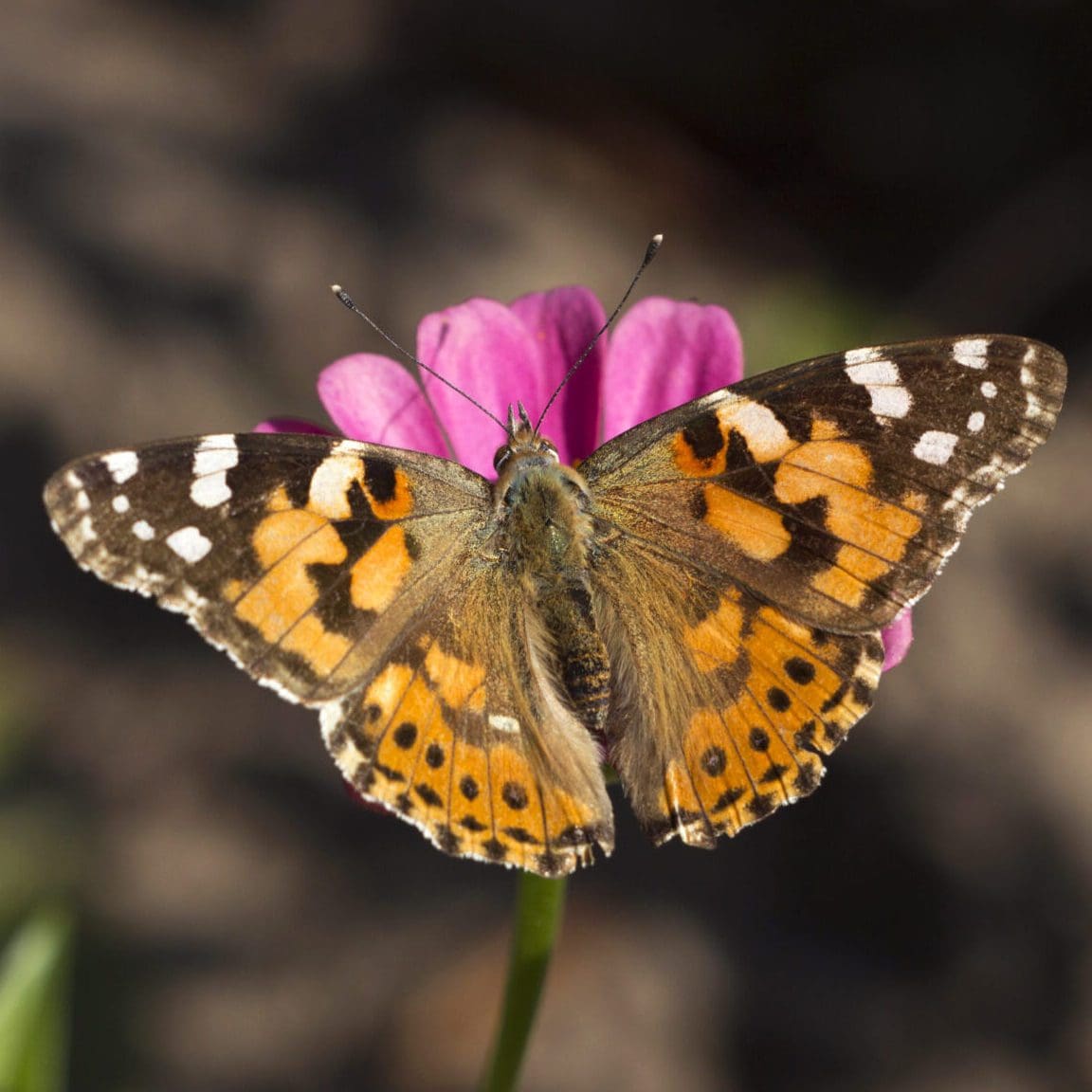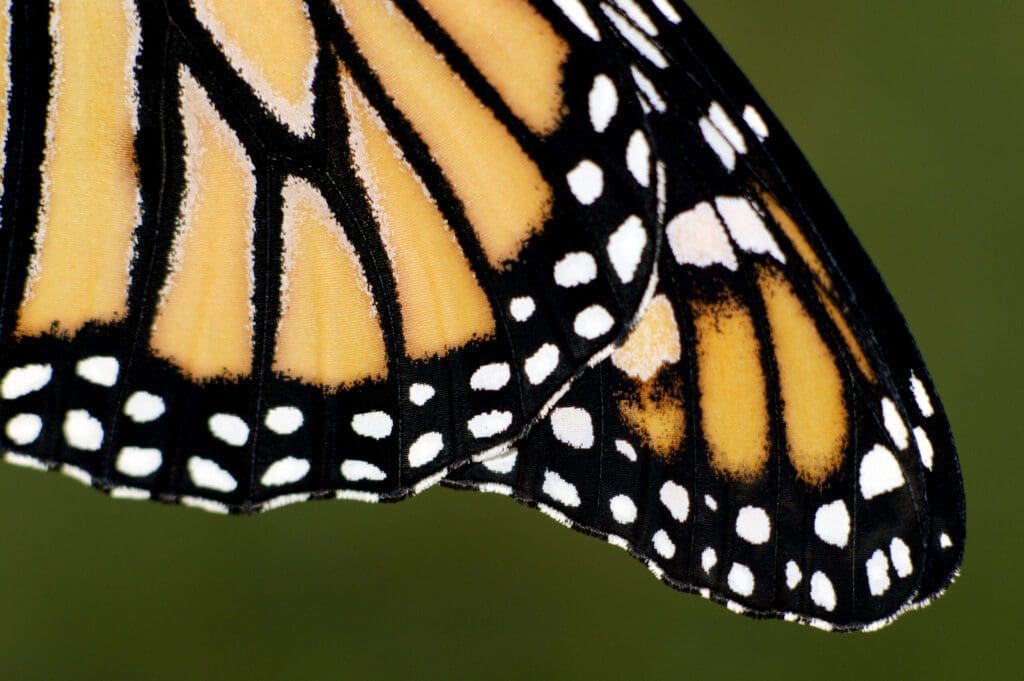

Discover the captivating world of the Monarch butterfly through a concise list of fascinating facts. Recognized for its distinctive orange and black wings and extraordinary migration, the Monarch butterfly stands as a symbol of beauty and resilience in the insect kingdom. Delve into its intriguing life cycle, remarkable journey, and ecological significance with this curated collection of insights.
Here are some quick facts about the Monarch Butterfly
For The Latest News, Updates And Promotions
